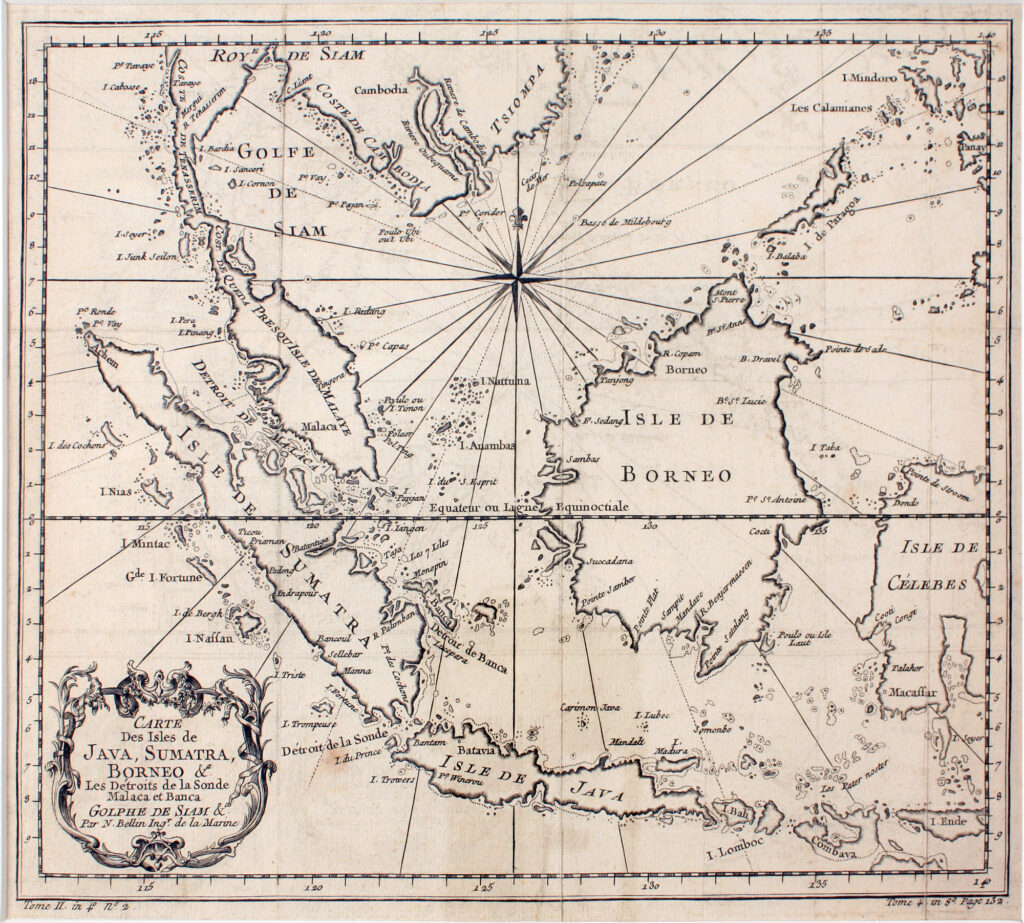

The time–longitude plots for ENSO are based on composite mean SSTAs derived from observed El Niño and La Niña events. Time–longitude plots of SSTAs (☌) along the equatorial Pacific (averaged over 5°S–5°N) and tropical south Indian Oceans (averaged over 9°–3°S along 40°–105☎ and over 12°–6°S along 105°–120☎) for (a),(b),(e),(f) the four most frequently recurring JS Niña varieties and for (c),(d),(g),(h) the four most frequently recurring JS Niño varieties, and for (i),(j) ENSO, spanning from July (−1) to June (+1). The thick gray lines in (i) and (j) are the boundaries (i.e., PC1 = ☒ × PC2 and PC2 = ☒ × PC1) that separate the four sets of varieties from the mixed varieties. The solid gray line in (a)–(h) indicates 105☎ that separates the Java coastal region from the Sumatra coastal region. The dashed gray lines in (a)–(h) indicate 1 Jul and 30 Sep. The percentage values shown in (i) and (j) indicate the interevent variances explained by the PCs. The two‐digit numbers in blue indicate the JS Niña years, while those in red indicate the JS Niño years. (i),(j) Normalized PC1 vs PC2 values for the 21 JS Niña and 19 JS Niño events.

Significant SSTA values at the 95% confidence level or above based on a Student’s t test (two tailed) are indicated by gray dots in (a)–(h). Time–longitude plots of the tropical south Indian SSTAs (☌ averaged over 9°–3°S for 40°–105☎ and over 12°–6°S for 105°–120☎ shades) illustrating the four most frequently recurring JS Niña varieties, namely, (a) the preseason, (b) persistent, (e) double-peak, and (f) on-season, and the four most frequently recurring JS Niño varieties, namely, (c) the preseason, (d) transition, (g) double-peak, and (h) on-season during 1949–2019. Similarly, significant precipitation anomaly values at the 90% confidence level or above based on a Student’s t test (two tailed) are indicated by gray dots in (c) and (f). Significant SSTA values at the 95% confidence level or above based on a Student’s t test (two tailed) are indicated by gray dots in (a), (d), (b), and (e). The contour interval for D20 anomalies is 2.5 m. Wind vectors are shown only where wind speed anomalies are greater than 0.4 m s −1. The solid gray line in (a) and (d) indicates 105☎ that separates the Java coastal region from the Sumatra coastal region. The dashed gray lines in (a) and (d) indicate 1 Jul and 30 Sep. Positive and negative D20 values are indicated by green and cyan contour lines, respectively. (b),(e) Composite mean tropical Indian Ocean SST (shading ☌), 20☌ isotherm depth (D20 contours m), and 10-m wind (vectors m s −1) anomalies and (c),(f) precipitation anomalies (mm day −1) during July–September derived from observed JS Niña/Niño events. (a),(d) Time–longitude plots of composite mean tropical south Indian SSTAs, averaged between 9° and 3°S along 40°–105☎ and between 12° and 6°S along 105°–120☎, from January to December derived from observed JS Niña/Niño events.


 0 kommentar(er)
0 kommentar(er)
